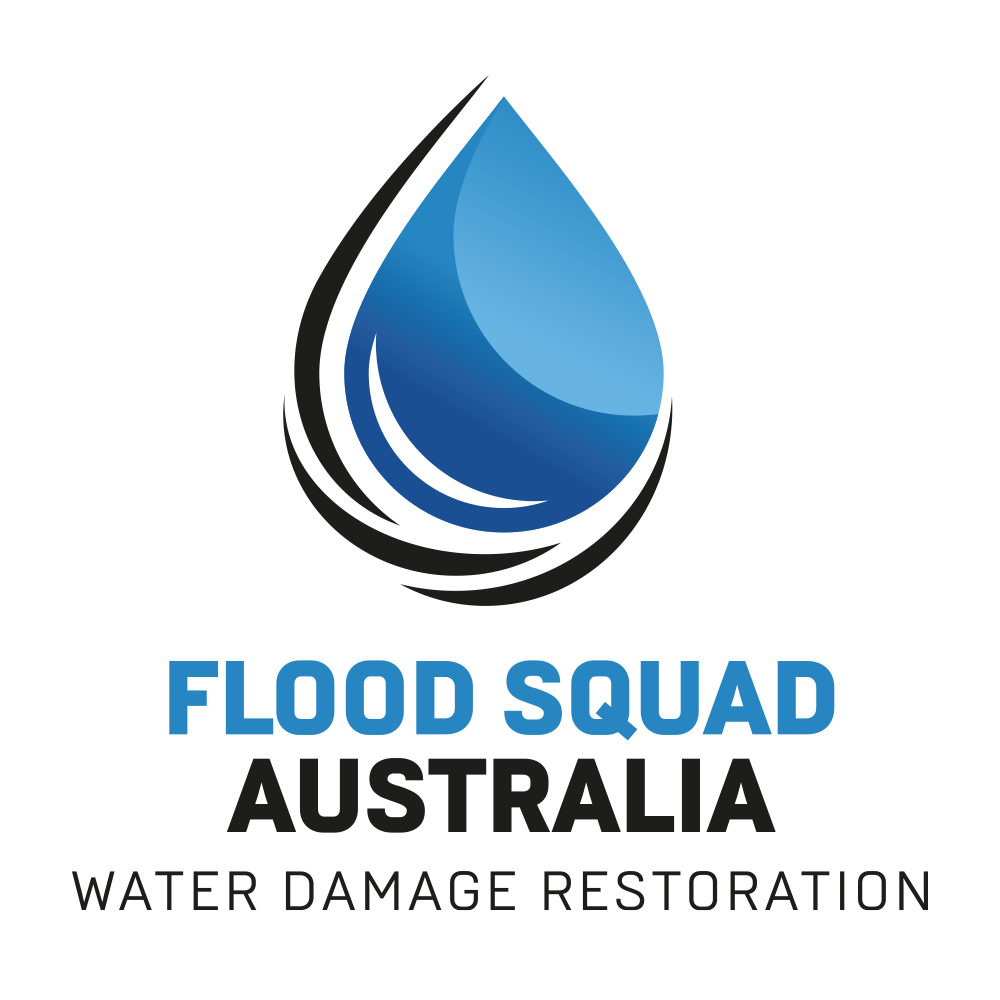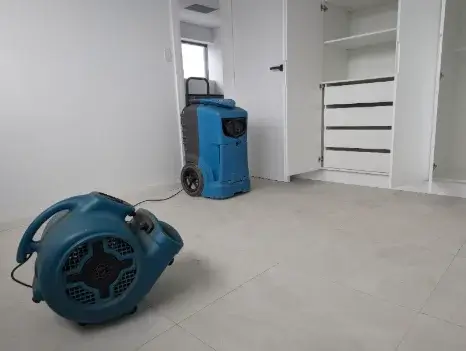Mould in rental properties is a common issue. It can cause health problems and structural damage.
As a landlord or tenant, it’s crucial to understand your responsibilities. You need to know how to identify, address, and prevent mould.
This article provides comprehensive guidance on mould removal services for rental properties. It covers everything from identifying mould to hiring professional mould cleaning services.
We’ll also delve into the legal aspects. We’ll discuss landlord liability, tenant rights, and insurance coverage for mould damage.
Prevention is key. We’ll share tips on how to prevent mould growth in your rental property.
Whether you’re a landlord or tenant, this guide will equip you with the knowledge you need. Let’s create a healthier living environment together.
Understanding Mould in Rental Properties
Mould thrives in damp conditions. Rental properties can easily develop these conditions if not properly maintained.
Both visible and hidden mould can exist in properties. Detecting it early is crucial to preventing severe issues. Regular inspections are vital.
The Health Risks of Mould
Mould exposure can cause various health problems. Symptoms include coughing, sneezing, and skin irritation. Those with allergies or asthma are more susceptible.
Long-term exposure might lead to severe respiratory issues. It’s important to address mould quickly to ensure tenant health.
Identifying Mould and Moisture Damage
Look for dark spots on walls, ceilings, and floors. These are common indicators of mould growth.
Moisture damage signs include water stains and peeling paint. Address these immediately to prevent further issues. Regularly checking for musty odors can also help identify hidden mould.
Responsibilities and Rights
Understanding responsibilities and rights around mould is essential for both landlords and tenants. Both parties play a role in maintaining a safe living environment.
Tenants must report mould issues promptly. Meanwhile, landlords must resolve these issues swiftly.
Landlord’s Responsibilities for Mould Removal
Landlords are responsible for maintaining their properties in habitable condition. This includes addressing mould issues promptly and effectively. Ignoring mould can lead to legal and financial consequences.
Landlords should conduct regular inspections. Address any leaks or signs of water damage. It’s essential to fix these promptly to prevent mould growth.
Here are key responsibilities for landlords:
- Ensure proper ventilation and drainage systems.
- Repair leaks and prevent water intrusion.
- Use mould-resistant materials where necessary.
Tenant’s Responsibilities and Reporting Mould
Tenants must report any signs of mould or moisture to landlords. Prompt reporting ensures quick action and reduces damage. Good communication is key in managing these situations.
Tenants can help prevent mould by maintaining a clean, dry environment. Using exhaust fans and avoiding indoor drying of clothes are effective practices.
Key responsibilities for tenants include:
- Use ventilation in kitchens and bathrooms.
- Keep humidity levels low with dehumidifiers.
- Report leaks or water damage immediately.
Preventative Measures Against Mould
Preventing mould in rental properties begins with controlling moisture. Moisture is the primary reason mould grows. Therefore, both landlords and tenants should take steps to minimise dampness.
Regular inspections can identify potential issues before they escalate. Addressing leaks and ensuring proper ventilation are crucial steps. Preventative measures are cost-effective in the long run.
Tips for Landlords
Landlords can take proactive measures to prevent mould. Regular maintenance and property inspections are crucial. They help identify issues like leaks or poor ventilation.
Ensure that high-moisture areas, such as bathrooms and kitchens, have proper ventilation. Using mould-resistant materials can also be beneficial in these areas.
Important actions for landlords include:
- Inspect and maintain gutters to prevent water buildup.
- Seal any cracks in the building’s exterior.
- Invest in mould-resistant paint and materials.
Tips for Tenants
Tenants play a significant role in preventing mould growth. Understanding how to manage indoor humidity effectively is essential. Simple actions can make a big difference.
Using dehumidifiers in damp areas helps reduce moisture. Moreover, ensure to allow free airflow by keeping vents unblocked.
Tenants should consider the following tips:
- Use exhaust fans when cooking or showering.
- Regularly clean visible mould with appropriate cleaners.
- Avoid drying clothes indoors to reduce humidity levels.
Professional Mould Removal Services
When mould problems become extensive, professional help is often necessary. Mould removal services provide expertise in safely tackling large infestations. They ensure effective remediation and prevent recurrence.
These services use specialised equipment to deal with extensive mould damage. Professionals can also identify hidden mould that might not be visible. Hiring a professional service guarantees thorough mould eradication.
When to Hire Mould Cleaning Services
Consider hiring mould cleaning services when mould covers a large area. Visible mould patches larger than one square meter should be professionally managed. Professionals are also necessary if mould recurs frequently despite cleaning efforts.
Another situation to seek professional help is if you have health issues related to mould exposure. Experts follow industry standards to ensure a safe and healthy environment.
What to Expect from Removal Services
Professional removal services begin with an assessment. They identify the extent and sources of mould and moisture. This includes checking for hidden moulds behind walls and under flooring.
The removal process may involve air filtration, containment, and demolition of heavily affected materials. After treatment, professionals will often advise on preventative measures. This can include moisture control strategies to avoid future problems.
Legal Considerations and Insurance
Navigating legalities in mould cases can be complex. Landlords and tenants should understand their rights and obligations. Knowing the legal framework helps resolve mould disputes effectively.
Insurance is another key aspect. Coverage for mould damage can vary widely. Understanding your policy terms is crucial to mitigate financial risks in dealing with mould.
Landlord Liability and Legal Obligations
Landlords have a duty to keep properties habitable. This includes addressing mould issues promptly. If neglected, landlords may face legal consequences, especially if tenants suffer health issues.
Legal obligations for mould also vary by location. Landlords should be familiar with local regulations to ensure compliance. Prompt response to mould complaints is essential to avoid legal troubles.
Insurance Coverage for Mould Damage
Insurance policies often include specific mould-related terms. Some policies cover mould damage while others do not. It’s essential for landlords to know what’s included in their insurance plans.
If mould results from a covered peril, it might be insured. Tenants and landlords should review policies thoroughly. Understanding policy limits and exclusions helps manage mould issues effectively without unexpected costs.
Conclusion and Key Takeaways
Addressing mould in rental properties requires proactive cooperation. Both landlords and tenants have distinct roles. Effective communication is essential for managing mould issues efficiently.
Preventative measures are the best defense against mould growth. Quick responses and understanding legal obligations are crucial. Using professional removal services ensures safe and effective results.


